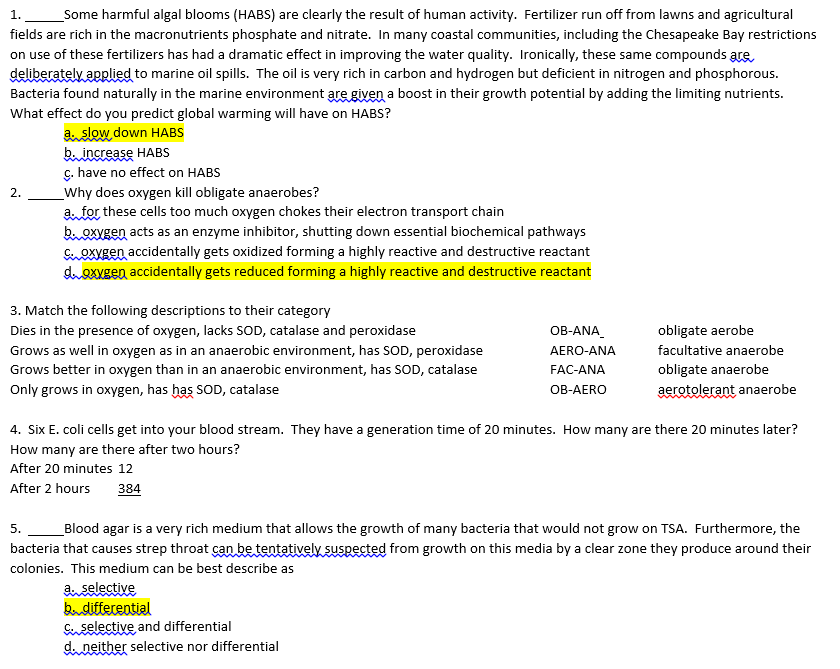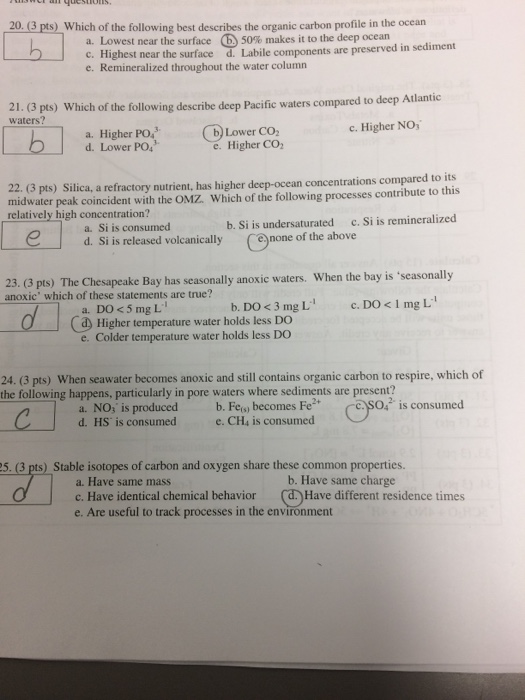Which Best Describes the Environment of the Chesapeake Bay
Most importantly the. At its widest point just south of the mouth of the Potomac River it is 30 miles 50 km wide.

Which State Borders Most Of Virginia To The South Ppt Video Online Download
Chesapeake Stormwater Network 2010 The.

. Fresh water remains at the surface because it is less dense than salt water. Describes a series of conceptual alternatives and a preferred approach for how the National Park System might best. Chesapeake Bay Facts Width and Depth.
The Chesapeake estuary the surrounding watershed and the variety of organisms that live in this environment make up the Chesapeake ecosystem. Highlights in hybrid learning. The Chesapeake Bay is unusually deep.
The Chesapeake Bay Program tracks. The Susquehanna the Potomac the Rappahannock the James. Automobiles do not contribute to nutrient pollution in Chesapeake Bay.
References Resources. Chesapeake Bay Special Resource Study SRS and Final Environmental Impact Statement. Chesapeake Bay Foundation 2016 August 3 Sparrows Point.
Repairing broken septic systems will probably result in a large decrease in phosphorus pollution entering Chesapeake Bay. What are the sources of water pollution targeted by policy actions described in. That range of marine ecosystems in turn brings unusual wealth to the bay in the form of marine biodiversity.
The water on the Bays eastern shore tends to be saltier than water on the western side due to two factors. Bay Journal 2016 July 11 Wastewater treatment plants meet Bay goals 10 years early. Chesapeake Bay Special Resource Study and Final Environmental Impact Statement.
Reducing pollution restoring habitats managing fisheries protecting watersheds and fostering stewardship. Toxic Chemicals in Sediment Continue to Affect the Environment. Full protection of Chesapeake Bay will require consideration of activities within the bays airshed and not just the bays watershed.
As the climate moderated and rivers found their modern-day courses plants and animals became established and the once-barren plain was replaced with swamps lagoons grasslands and forests. The Chesapeake Bay Program tracks 19 reporting-level indicators grouped into five priority areas that represent major elements of the Bay restoration efforts. Full PDF Package Download Full PDF Package.
A voluntary partnership of the EPA state govts and other stakeholders addressing water pollution in the Chesapeake Bay. An important species of the Chesapeake Bay community is the Virginia oyster which helps form large reefs that provide small fish and marine invertebrates with shelter. Quantitative goals have been set for each indicator.
Instances of pollution in which the cause of the damage is clearly identifiable. During drier months the Bay is usually saltier. A short summary of this paper.
The Vanishing Oyster of the Chesapeake Bay. Start studying Chapter 5 Environmental Systems and Ecosystem Ecology Case Study. These nutrients seep into streams through runoff during storms and eventually reach the Bay.
Salinity also increases with depth. How to re-invent communication internally and externally in the hybrid workforce. The Chesapeake Bays airshed is 570000 square miles stretching north to Canada west to Ohio and south to South Carolina.
The Chesapeake Bay is unusually shallow. Accessed September 13 2016. The other half comes from freshwater rivers and streams that drain into the Bay from its 64000-square-mile watershed.
Learn vocabulary terms and more with flashcards games and other study tools. Bahia de Santa Maria and considered it the best and largest port in the world Captain John Smith who first mapped the Bay in. Environmental Models and Public Stakeholders in the Chesapeake Bay Watershed.
The ability of a surface to allow water to infiltrate into the ground rather than run-off. The area of land over which airborne pollutants can travel to reach a particular river lake bay or other body of water. The Bay tends to be fresher in spring when snow melts and heavy rainstorms are frequent.
Excess nutrients pollute the Chesapeake Bay and damage the ecosystems and wildlife that are a par t of it. The Chesapeake Bay is about 200 miles 300 km long. The Chesapeake Bay has a large area of land draining into a small amount of water.
The Bay and its tributaries contain an astounding 11684 miles 18804 km of shoreline. Accessed September 13 2016. Which of the following best describes the role of the Virginia oyster in the Chesapeake Bay ecosystem.
At its narrowest point the Bay is 28 miles 45 km wide. Estuaries and Coasts 2013. Polluted air along with these nutrients also affects the land and the water of the Bay from a variety of sources.
Ecology of the Chesapeake Bay Exam One. The Chesapeake Bay was a very different place between 18000 and 11500 years ago at the end of the last ice age. This document describes the methodology EPA followed to establish the most effective use of these funds and the best locations for these practices to be implemented to make the greatest progress toward achieving water quality standards in the Chesapeake Bay.
Which of the following describes the Chesapeake Bay Program. Environmental Protection Agencys EPA Fiscal Year FY 2020. The Bay describes the overall physical structure of the Bay proper.
Bias Busters Prezi Video. The Chesapeake Bay is the largest estuary in the United States a place where the deep cold waters of the Atlantic Ocean meet the warmer shallower waters fed in by a series of storied rivers. The Chesapeake Bay Program complements environmental studies being conducted by other institutions and citizen groups.

Ap Exam Apes Flashcards Quizlet

Solved Some Harmful Algal Blooms Habs Are Clearly The Chegg Com

Solved 20 3 Pts Which Of The Following Best Describes The Chegg Com
Comments
Post a Comment